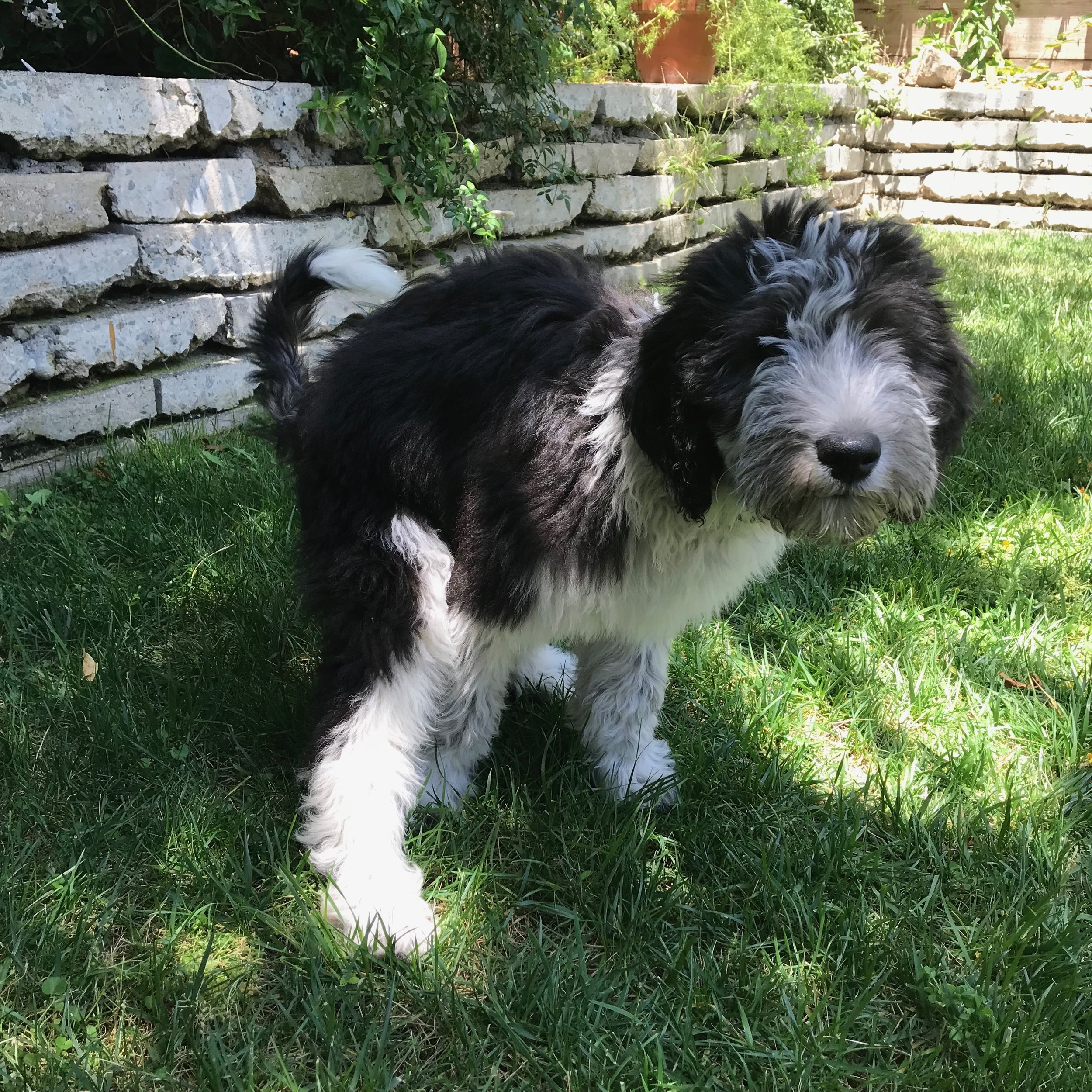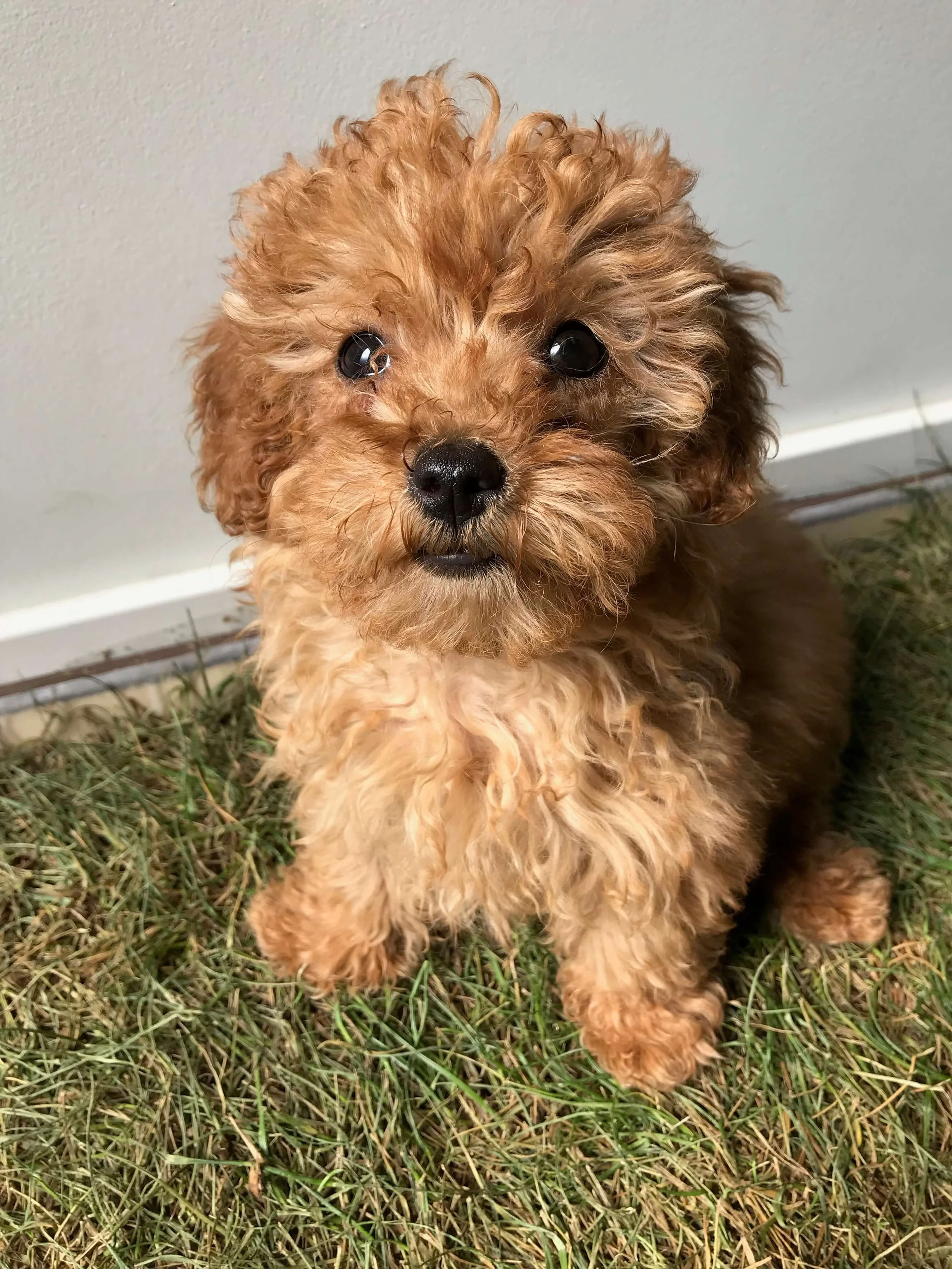How to Potty Train a Puppy Using a Crate and Playpen Setup
Create a “Den” by Putting a Crate or Bed Within a Confinement Area
If you’re wondering how to potty train a puppy quickly and effectively, one of the best methods is using a crate inside a playpen (sometimes called a “puppy zone”). This setup not only keeps your puppy safe but also teaches them where it’s okay to go potty—and where it’s not.
Think of the playpen as your puppy’s “safe zone” for potty training success. Accidents will happen, but in this controlled space, they’re easy to clean and part of the learning process. Since puppies naturally avoid soiling their sleeping area, placing a crate or comfy bed inside the pen encourages them to rest in one spot while using pee pads in another clearly defined area.
The crate becomes your puppy’s cozy den for naps and nighttime sleep, while the surrounding playpen provides just enough freedom to move around safely without chewing furniture or having accidents all over the house.
For easier cleanup, you can line the floor of the playpen with large pee pads or a washable potty pad. Playpens can be free-standing or attached to the crate, and baby gates can even turn small rooms (like bathrooms or hallways) into secure puppy potty training zones
Perfect for Indoor AND Outdoor Potty Training
This setup works beautifully whether you're indoor or outdoor potty training your puppy.
For indoor potty training, pet parents can gradually reduce the number of pee pads after about one to two weeks. Watch where your puppy consistently chooses to go potty—once you’ve identified that spot, begin removing the other pads one by one until only the preferred pad remains. This helps reinforce the idea of a designated potty area.
For outdoor potty training, it’s perfectly fine if your puppy uses the pee pads in their playpen during the learning phase—remember, this is their “puppy can do no wrong” zone. However, it’s important to follow a consistent potty schedule and take your puppy outside frequently to build the habit of going potty outdoors.
In both cases, success depends on getting your puppy to the right place at the right time. Repetition builds the habit, while consistency and clear expectations are essential for developing reliable potty habits—whether the bathroom is inside or outside.
Freedom Is Earned: The Role of Supervision and Scheduling in Housebreaking
Only Let a Puppy Roam Free AFTER They Potty in the Right Spot
Housebreaking a puppy starts with a consistent routine that balances two key elements: (1) structured downtime in a crate or pen, and (2) close supervision anytime your puppy is allowed to roam freely in the house.
Importantly, your puppy should only be granted freedom after they’ve gone potty in the right spot.
Why? Because when the opportunity to explore freely is offered as a reward for going potty where you want them to, your puppy becomes more motivated to "go" quickly. Over time, they learn that going potty outdoors—or on the designated pee pad—results in a highly desirable outcome: the freedom to play and roam.
Freedom is one of the most powerful rewards you can offer your puppy, just as motivating as a tasty treat. That’s why it should become a cornerstone of your housebreaking strategy.
Which brings us to…
The Ultimate Puppy Potty Training Hack: Use a Leash to Teach Potty Comes First
One of the most effective—and often overlooked—strategies for potty training success is using a leash to keep your puppy focused until they go potty, before giving them access to freedom in the house or yard (or even before starting a walk).
While this method requires a little extra patience at first, it pays off quickly. Your puppy learns that going potty is the key that unlocks their favorite rewards: roaming, playing, or going for a walk.
The process is simple:
For outdoor potty training: Clip on the leash, take your puppy to their potty spot, and stand still. Give them the full length of the leash to sniff and circle, but don’t let them wander off until they’ve done their business. Once they potty, reward them by letting them off-leash for playtime in the yard or beginning your walk.
For indoor/pee pad training: Put the leash on your puppy while they’re in the playpen. Wait calmly until they go on the pad. Only then do you remove them from the pen for playtime or cuddles.
Over time, your puppy will start to understand the routine: potty first, then freedom. In fact, you may even notice your puppy rushing to potty as soon as they see you coming (if the designated potty is indoors) or as soon as you bring them to their potty spot outdoors—because they know it’s their ticket to (1) getting out of the pen, or (2) exploring the yard or going on a walk.
Limit the Time a Puppy Roams Free
When it comes to toilet training, prevention is everything. That’s why it’s important to keep your puppy on a limited “free-roaming” schedule.
That means only allowing your pup to explore the house for just 20 to 30 minutes at a time before returning them to their confinement area—their “puppy can do no wrong” zone.
Not only does this help prevent accidents, but it also gives you a much-needed break to focus on other tasks without worrying about what your puppy might be getting into.
Just as importantly, building in routine downtime in a crate or playpen plays a vital role in preventing separation anxiety. By learning to rest or entertain themselves in a safe, calm space without constant access to you, puppies become more independent and better equipped to handle alone time as they mature.
Creating this balance between freedom and structured downtime helps your puppy grow into a confident, well-adjusted dog.
Successfully Housetraining a Puppy Requires Constant Supervision
Knowing When a Puppy Needs a Potty Break is Half the Battle
When it comes to housetraining, timing is everything. Knowing when your puppy is likely to need a potty break—and getting them to the right spot in time—is half the battle. Repeatedly catching your puppy just before they need to go helps them form strong habits and associate the right location with potty time.
Here are the most common times your puppy will need to go:
Within 5–15 minutes of waking up, if not immediately: Puppies usually need to relieve themselves immediately after waking, whether from a nap or overnight sleep.
Within 5–15 minutes after eating, plus one hour later: Puppies often pee right after eating and may poop 15–30 minutes later. Sometimes, a puppy will need an additional bathroom break an hour after they eat, as well.
After a nap: Even short naps can trigger the need to go.
After any playtime or stimulation: Whether it's playing with toys, wrestling with another dog, or meeting a new guest, activity often stirs the bladder or bowels.
When overly excited or anxious: Intense excitement or anxiety (like greeting visitors or hearing fireworks for the first time) can cause a puppy to lose bladder control.
Before bedtime: Always offer a final potty break before putting your puppy down for the night.
In the middle of the night: Many young puppies (especially an 8- to 12-week-old puppy) will need a bathroom break between midnight and 3 AM.
👉 Important note: Young puppies don’t have full bladder control. Between 8 to 12 weeks of age, they may need to go potty every 20–30 minutes—especially when they are active. Frequent potty breaks and close supervision are essential during this stage to prevent accidents and set your puppy up for successful housebreaking.
What to Do if Your Puppy Has a Potty Accident (and Why You Shouldn’t Punish Them)
Potty accidents are a normal part of puppy training, no matter how closely you supervise. The secret is responding calmly and consistently—without scolding—so your puppy learns the right habits.
If your puppy starts to potty in the wrong spot:
Interrupt gently, don’t punish. Use a neutral cue like “Oops!” to stop them mid-stream without scaring them.
Move them right away. Pick your puppy up and carry them to their designated potty area—whether that’s outside or on an indoor pee pad.
Give them a chance to finish. If they don’t go right away, but you think they still need to, place them in their crate or playpen for 3–5 minutes, then try again.
This simple routine teaches your puppy that the only “rewarding” place to relieve themselves is in their potty spot—not on your carpet.
💡 Pro Tip: Never scold or rub your puppy’s nose in an accident. Punishment doesn’t teach them where to go—it only creates stress, fear, and confusion, which can make potty training take longer.
Instead, treat accidents as part of the learning process. With patience, consistency, and positive reinforcement, your puppy will gain confidence and become fully potty trained faster. Accidents are part of the learning process, and punishment has no place in potty training. If you scold or punish your puppy for doing something as natural as going to the bathroom, they won’t learn where to go—they’ll just learn it’s not safe to go in front of you.
The result? A puppy that starts sneaking off to potty in hidden corners, behind furniture, or when you’re not looking. This behavior is often misunderstood as “stubbornness,” when it’s really just a sign that your puppy is afraid to go potty in your presence.
Instead of punishing accidents, take them as a signal that your training plan needs adjusting. A potty accident means:
Your puppy had too much unsupervised freedom.
You may have missed a cue or skipped a needed potty break.
Your puppy still needs more guidance and consistency.
👉 Remember: It’s your job—as the human with the bigger brain—to lead the learning process with patience, structure, and compassion. No exceptions. Potty training success is built on trust, not fear.
RELATED POST: How To Train A Puppy NOT to Do Something
How to Tell if Your Puppy Needs to Go Potty
Learning to spot the pre-potty signs that your puppy needs to go is a crucial part of successful puppy potty training. By recognizing the early signals, you can get your pup to their potty spot in time and avoid accidents in the house.
Here are the most common signs your puppy needs to go potty during housebreaking:
Sniffing and wandering away
If your puppy dips their nose to the ground and starts drifting away from the action, they’re probably searching for a potty spot.Spinning in circles
Repetitive circling in one place is a classic sign your puppy is getting ready to go.The “zoomies”
A sudden burst of frantic energy—racing around like crazy—can sometimes come just before a potty accident.Subtle back hunching
A slight arching or rounding of the back often means your puppy is about to squat and eliminate.Whining or crying in the crate or playpen
If your puppy starts whining or crying while confined, don’t just assume they’re being fussy. They might be trying to tell you they need to go potty. It’s better to play it safe—take them outside right away (or place them on their pee pad) so you don’t accidentally encourage them to go in their crate or just anywhere in the playpen area.
Whenever you notice these signs, take your puppy to their designated potty spot right away. Don’t wait for them to figure it out on their own—young puppies typically need 6 to 12 weeks to consistently recognize where to go and to develop the bladder control needed to get there in time.
Responding quickly not only prevents accidents but also reinforces good potty habits and helps your puppy build a reliable potty training routine.
Reward Your Puppy for a Job Well Done!
Never underestimate the power of positive reinforcement when it comes to puppy potty training!
One of the most effective ways to reinforce good potty habits is to reward your puppy immediately after they go in the correct spot. This helps them make a clear connection between the action and the reward—and motivates them to repeat the behavior in the future.
Keep high-value treats on hand (in your pocket or on a shelf nearby) and be ready to celebrate their success. Whether your puppy goes on a pee pad or outside, offering two or more small treats immediately after they finish can leave a strong impression and reinforce the behavior you want to see again.
This simple act of rewarding success:
Strengthens the association between pottying in the right place and good things happening
Speeds up learning
Keeps your puppy motivated and engaged
👉 Important Note: Potty training takes time. With consistency, patience, and plenty of rewards, your puppy will learn where to go.
In Conclusion
Potty training isn’t about perfection—it’s about progress. Every accident is part of the learning curve, and every success is worth celebrating. Stick with the routine, stay encouraging, and soon you’ll have a happy, house-trained pup who knows exactly what to do!
RELATED POSTS:
About the Author: Certified Professional Dog Trainer Alexandra Bassett
Alexandra Bassett is the founder of Dog Savvy and a Certified Professional Dog Trainer (CPDT-KA) with over 25 years of experience working with dogs.
She specializes in puppy training and helping dogs overcome separation anxiety through positive reinforcement and game-based methods that build trust, confidence, and lasting behavior change.
If you’re struggling with puppy potty training, crate crying, out of control biting, or early signs of separation anxiety, Alexandra offers personalized virtual training sessions designed to set you and your puppy up for success.
👉 Book a virtual session today and start building the happy, well-adjusted dog you’ve always wanted.












Is your puppy’s biting out of control?
Puppy biting can be frustrating and overwhelming, but you don’t have to manage it alone. Our expert dog trainers specialize in positive, game-based puppy biting solutions designed to teach bite inhibition and promote calm behavior.
Start your journey to a well-mannered, happier puppy with proven techniques that work.
👉 Book your game-based puppy training intro session today!